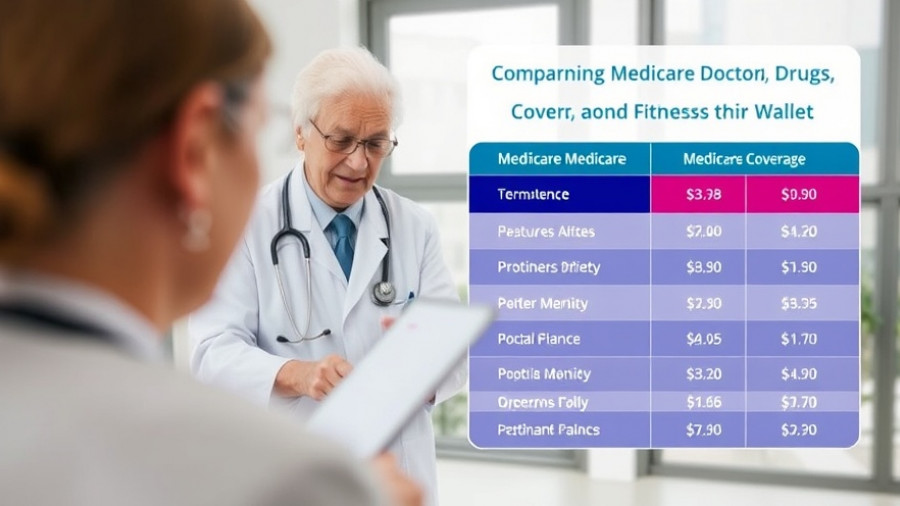
Revitalize Your Energy With the Right Foods
Are you tired of feeling drained before the day is even halfway done? The secret to sustaining your energy lies in the foods you choose. By understanding how different nutrients play a role in energy production, you can transform your diet, leading to increased vitality and enhanced well-being.
The Essential Role of Macronutrients
Knowledge is power when it comes to nutrition. Macronutrients—carbohydrates, proteins, and fats—are fundamental in fueling your body. Carbohydrates serve as your body's primary energy source. When consumed, they are quickly converted into glucose, which energizes both your muscles and brain. As a result, choosing the right carbohydrates is crucial; opt for whole grains and fiber-rich foods to maintain steady energy levels.
Proteins, while often associated with muscle repair, also play a significant role in sustaining energy throughout the day. Including lean sources of protein can help you feel full longer and maintain energy during busy mornings or afternoons.
Lastly, don’t neglect healthy fats. They provide lasting energy and support cognitive functions, helping you stay sharp and alert. Incorporate sources like avocados, nuts, and olive oil into your meals.
Hydration: The Overlooked Energy Booster
Importantly, hydration is often the unsung hero of energy maintenance. Even mild dehydration can lead to fatigue and decreased focus. Ensure you drink enough water throughout the day; it’s critical for transporting nutrients and regulating body functions. Start your day with a glass of water and keep a bottle handy to track your intake.
Top Foods to Fuel Your Day
Whole foods are your best friends in the quest for sustained energy. Here are some categories of foods that can help:
- Fruits: Bananas, apples, and berries provide natural sugars and fiber, giving you an instant energy boost without the crash.
- Vegetables: Leafy greens like spinach and kale are packed with vitamins and minerals that support energy metabolism.
- Whole Grains: Brown rice, quinoa, and oatmeal offer complex carbohydrates that break down slowly, providing lasting energy.
From protein-packed nuts to energy-dense seeds, consider incorporating these foods into your regular meals to keep fatigue at bay.
Smart Eating Tips for Sustained Energy
Besides what food you eat, how you eat makes a difference too. Here are some actionable tips:
- Opt for smaller, balanced meals: Eating smaller meals more frequently can maintain your energy levels throughout the day.
- Plan your snacks: Healthy snacks such as yogurt with fruit or a handful of nuts can stave off energy slumps.
- Limit sugar and processed foods: These can lead to crashes in energy levels, leaving you feeling worse than before.
Make a Commitment to Your Energy
Now that you have the tools to power your day, it's time to take action. A diet rich in whole, nutrient-dense foods creates a foundation for not just improved energy but overall health. By fueling your body wisely, you’ll be better equipped to tackle your daily tasks and enjoy activities that matter most.
Don’t underestimate the impact of dietary choices on your energy. Changing your eating habits today can open the door to a more vibrant, energized life.
 Add Row
Add Row 

 Add
Add 


Write A Comment